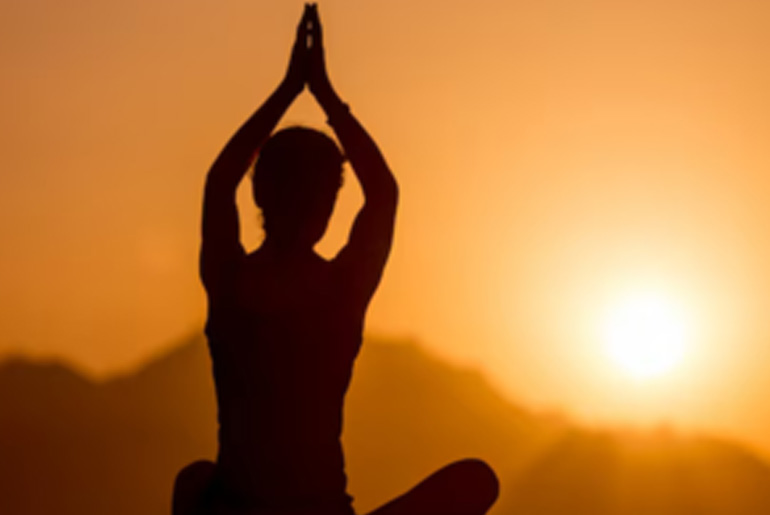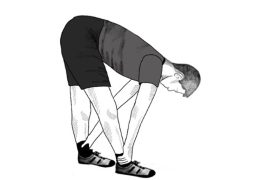On Karwa Chauth, married Hindu women fast from sunrise to moonrise to pray for their husbands’ long life, but prolonged fasting can lead to physical weakness. To counteract this, incorporating yoga and meditation into the day’s routine can help maintain balance, energy, and focus. Beneficial yoga poses such as Cat-Cow Stretch, Child’s Pose, Seated Forward Bend, Bridge Pose, and Supine Spinal Twist can promote relaxation, improve flexibility, and strengthen the body.
Additionally, meditation techniques like breath awareness, guided visualization, and mantra meditation can reduce stress and enhance mental clarity, supporting women in honoring this sacred tradition while prioritizing their well-being. These poses can help enhance well-being, promote relaxation, and manage hunger pangs during the day of fasting:
1. Vajrasana (Thunderbolt Pose)
Vajrasana is a seated posture that aids in digestion and promotes a sense of calm. To practice this asana, sit on your knees with your buttocks resting on your heels. Keep your spine straight and place your hands on your thighs. This pose helps alleviate discomfort and fatigue, making it particularly useful during fasting. By allowing the body to settle, Vajrasana promotes digestive health and brings about mental clarity.
2. Paschimottanasana (Seated Forward Bend)
This pose involves sitting with your legs extended in front and bending forward from your hips, reaching for your toes or ankles while keeping your back straight. Paschimottanasana stretches the spine and hamstrings, calming the mind and reducing anxiety. It is particularly helpful in managing hunger pangs and cravings that may arise during the fasting period, providing a gentle stretch that encourages relaxation and focus.
3. Balasana (Child’s Pose)
Balasana is a restorative pose that promotes relaxation and stress relief. To perform this pose, kneel on the floor and sit back on your heels. Stretch your arms forward and rest your forehead on the ground. This asana calms the nervous system and helps release tension in the back and shoulders. It’s an excellent pose to practice during Karwa Chauth when feelings of fatigue or stress may occur, as it allows for deep relaxation and rejuvenation.
4. Viparita Karani (Legs-Up-the-Wall Pose)
This gentle inversion pose is beneficial for improving circulation and reducing fatigue. To practice Viparita Karani, lie on your back and extend your legs up against a wall while keeping your arms relaxed by your sides. This asana helps alleviate tiredness, promotes better blood flow, and calms the mind, making it an ideal choice for restoring energy during fasting.
5. Anulom Vilom Pranayama (Alternate Nostril Breathing)
Anulom Vilom is a pranayama practice that balances energy and enhances mental clarity. Sit comfortably with your spine straight. Use your right thumb to close your right nostril, inhale deeply through the left nostril. Then, close the left nostril with your ring finger, exhale through the right. Repeat this process, alternating nostrils. This practice not only reduces stress but also improves focus and concentration, which can be especially beneficial during the fasting period of Karwa Chauth.
Incorporating these yoga poses into your routine on Karwa Chauth can help you manage stress, enhance your mental clarity, and promote overall well-being, making your fasting experience more peaceful and fulfilling.
Disclaimer:
The information contained in this article is for educational and informational purposes only and is not intended as a health advice. We would ask you to consult a qualified professional or medical expert to gain additional knowledge before you choose to consume any product or perform any exercise.







